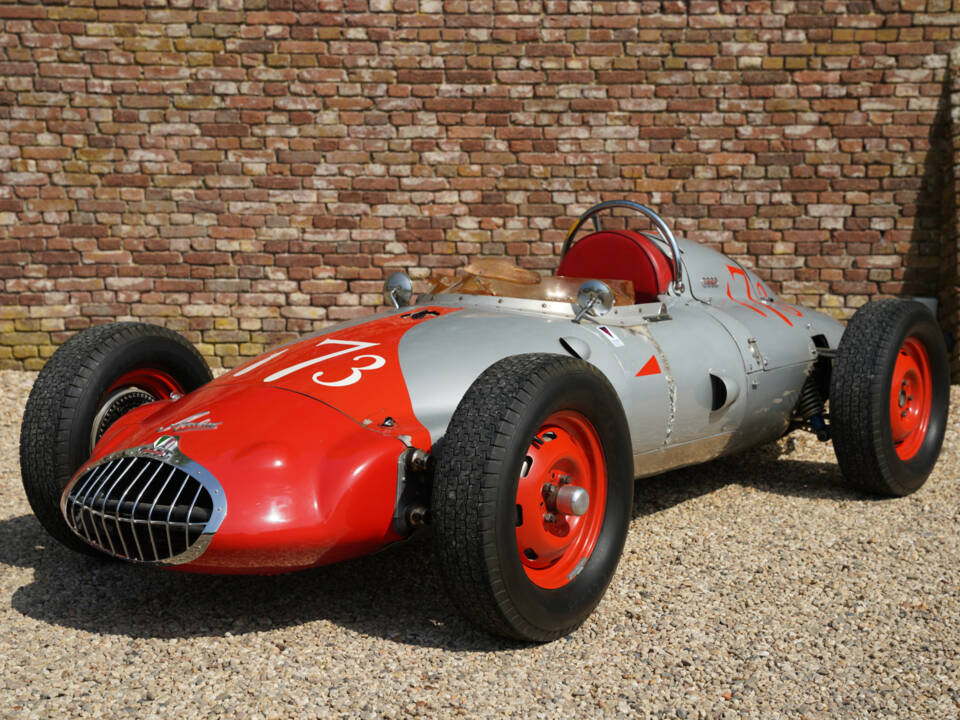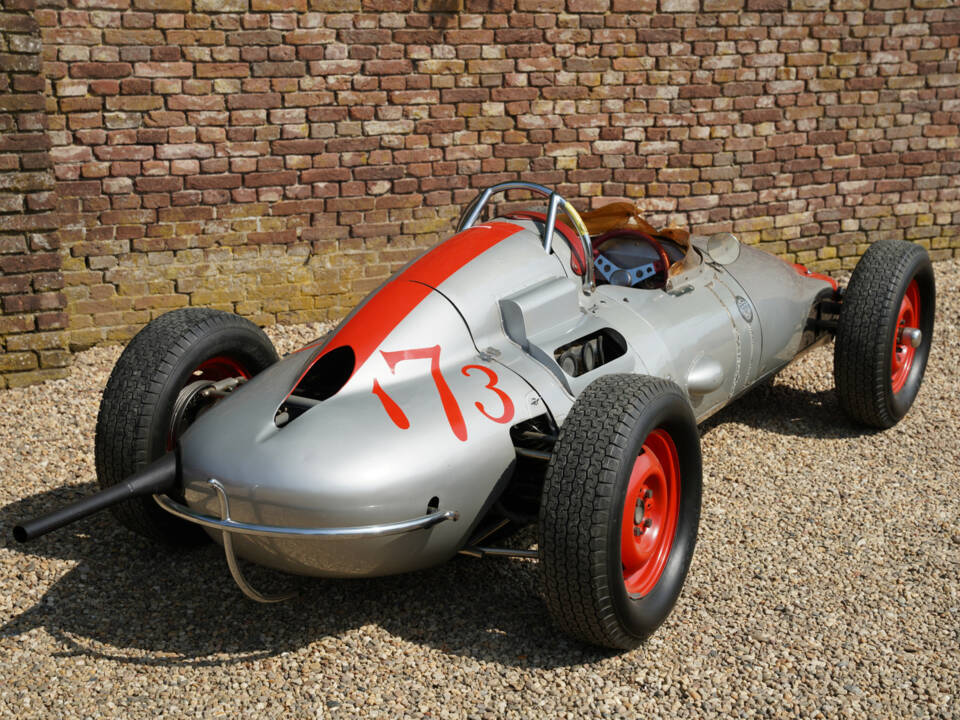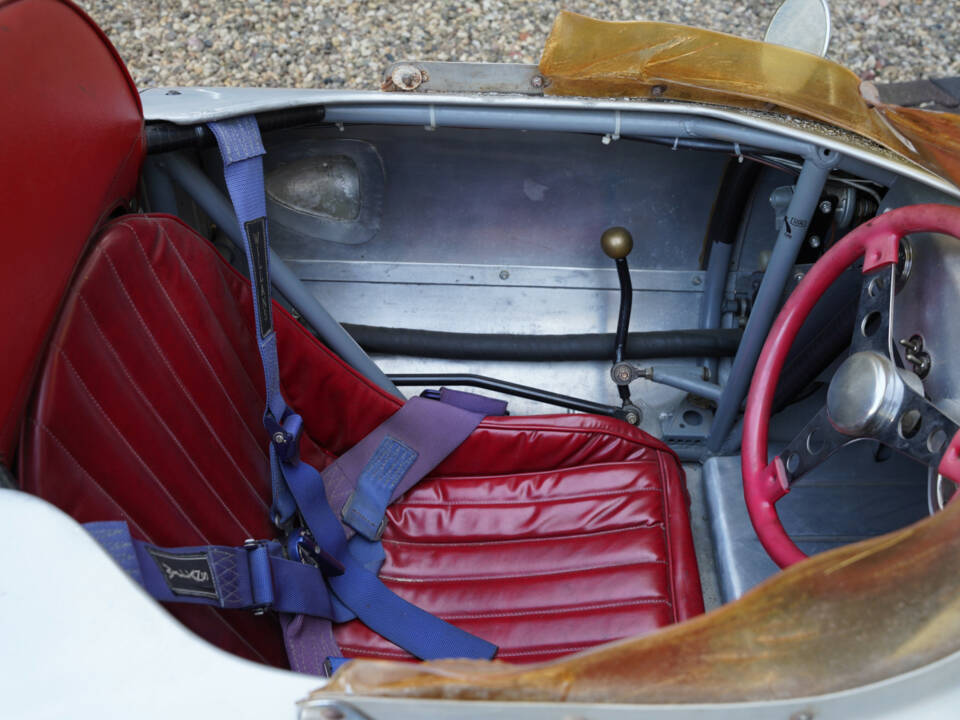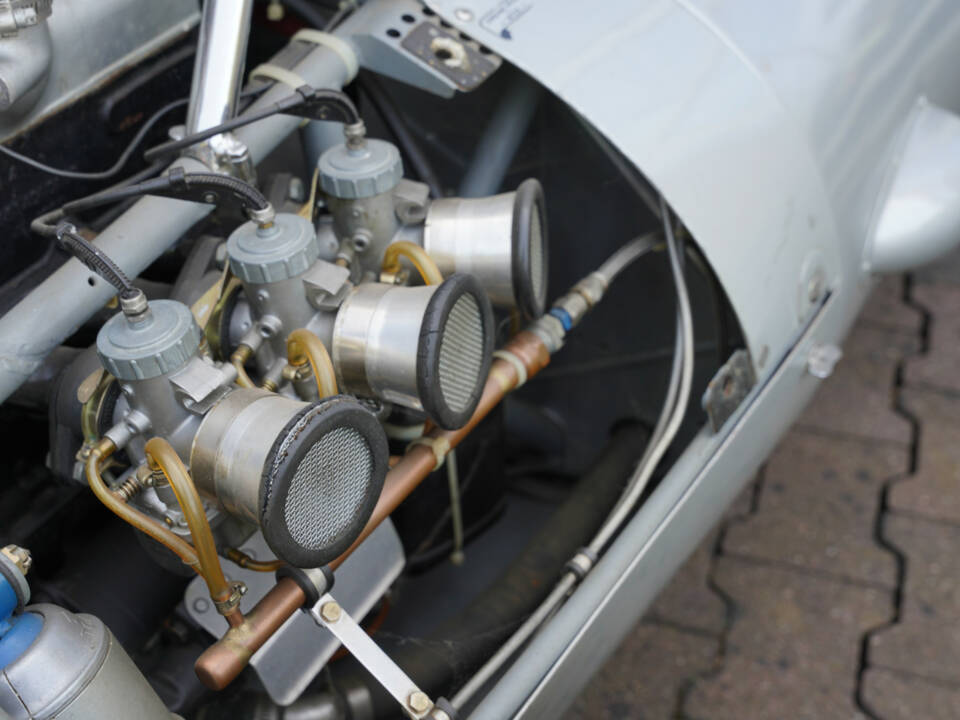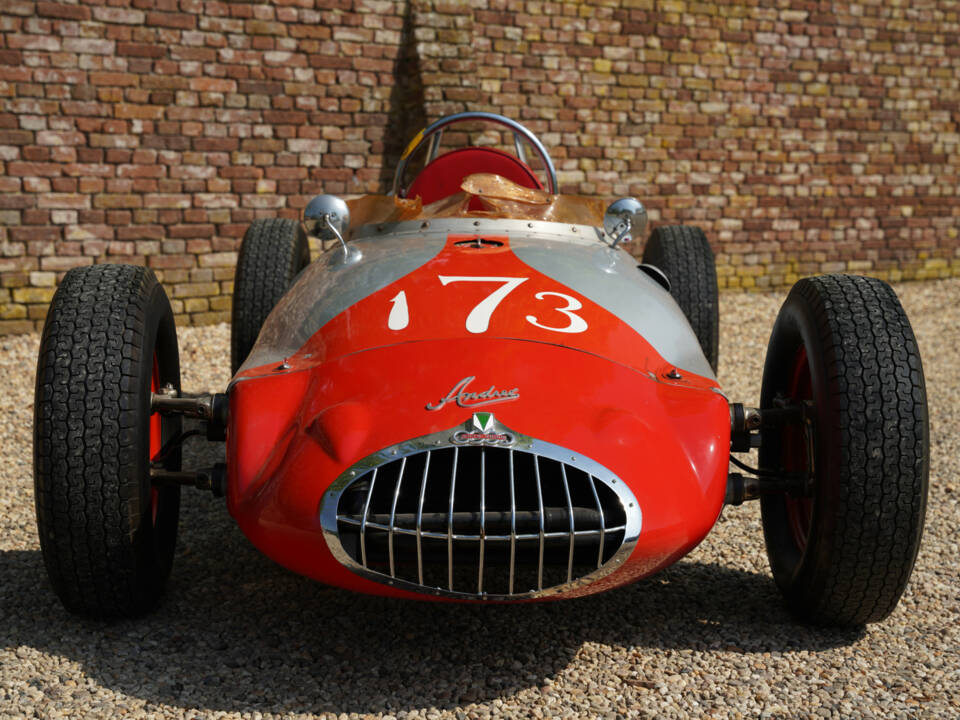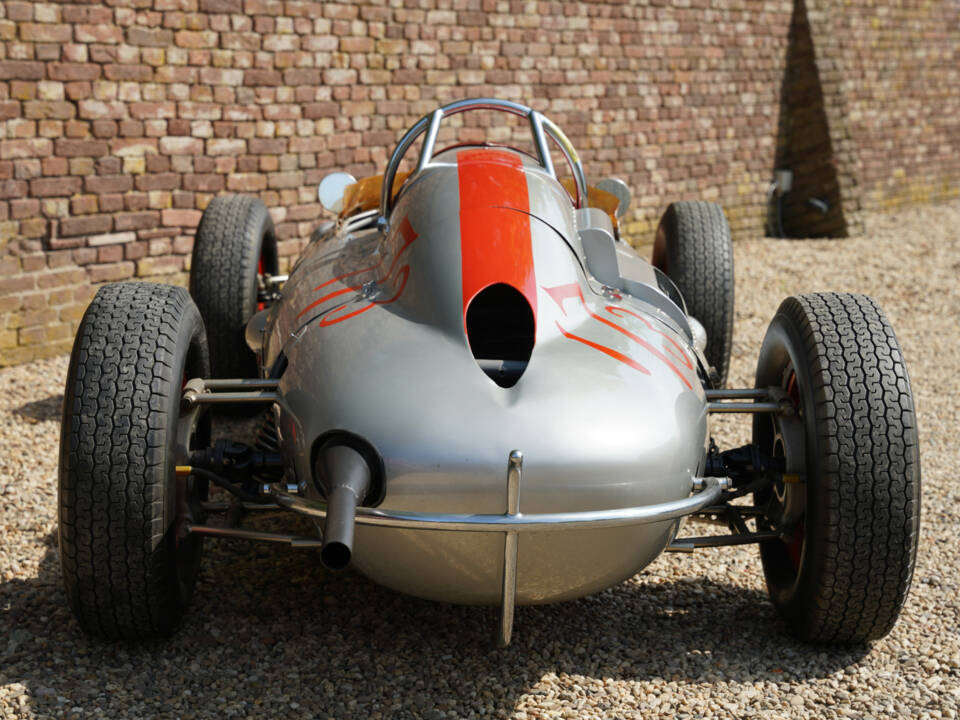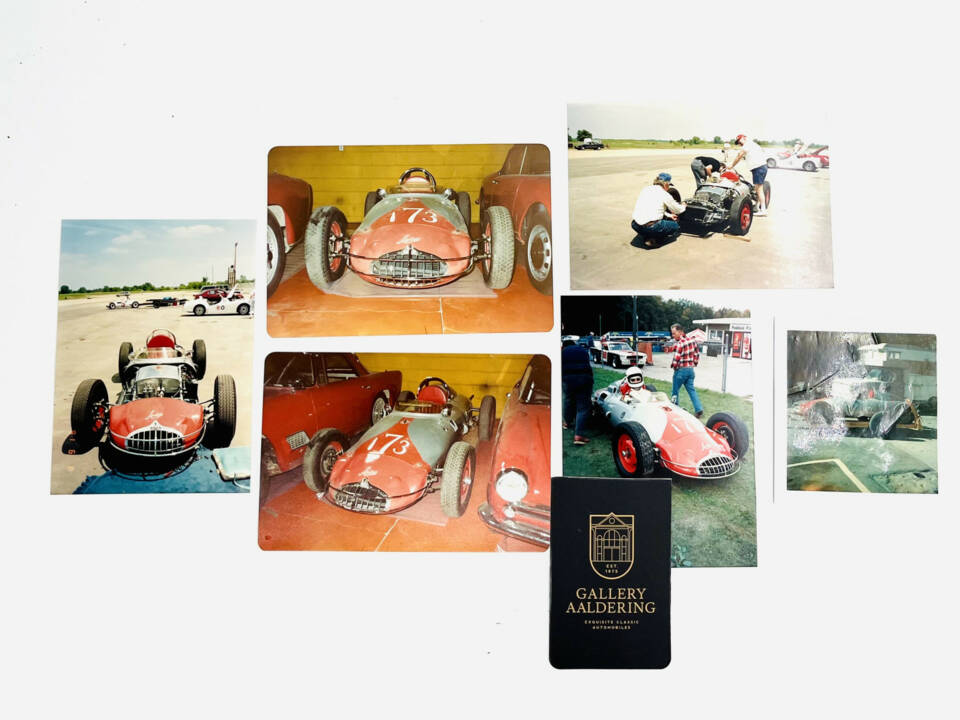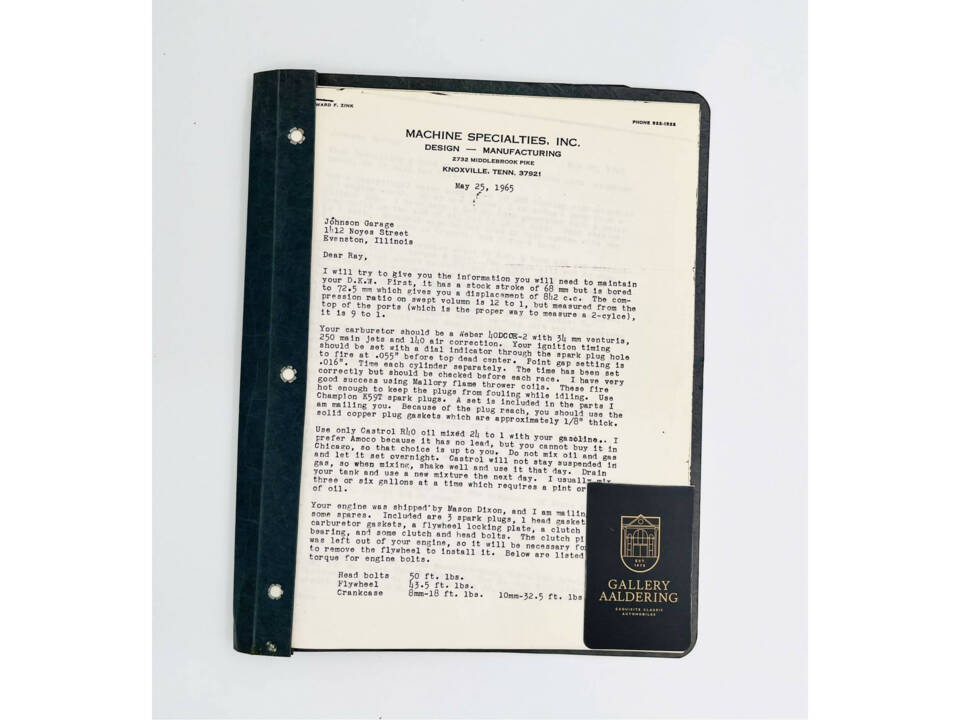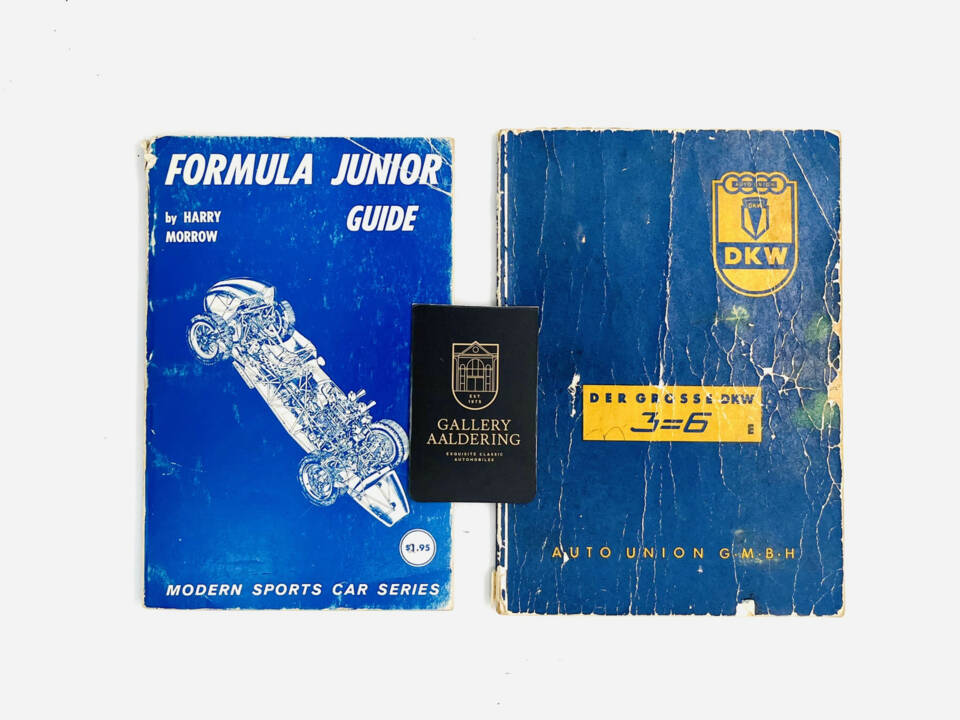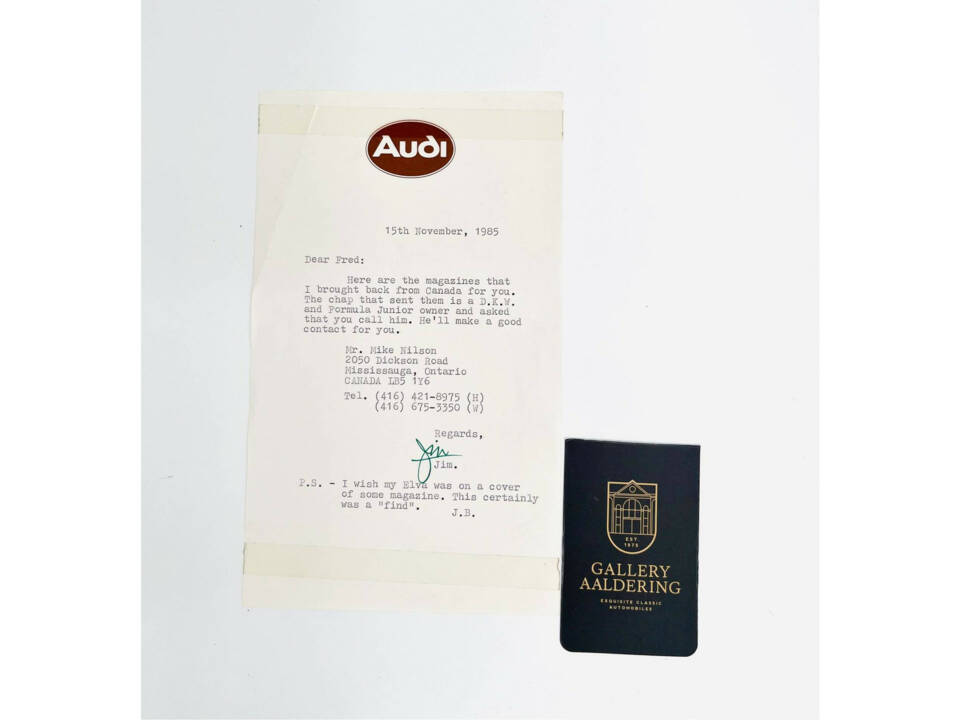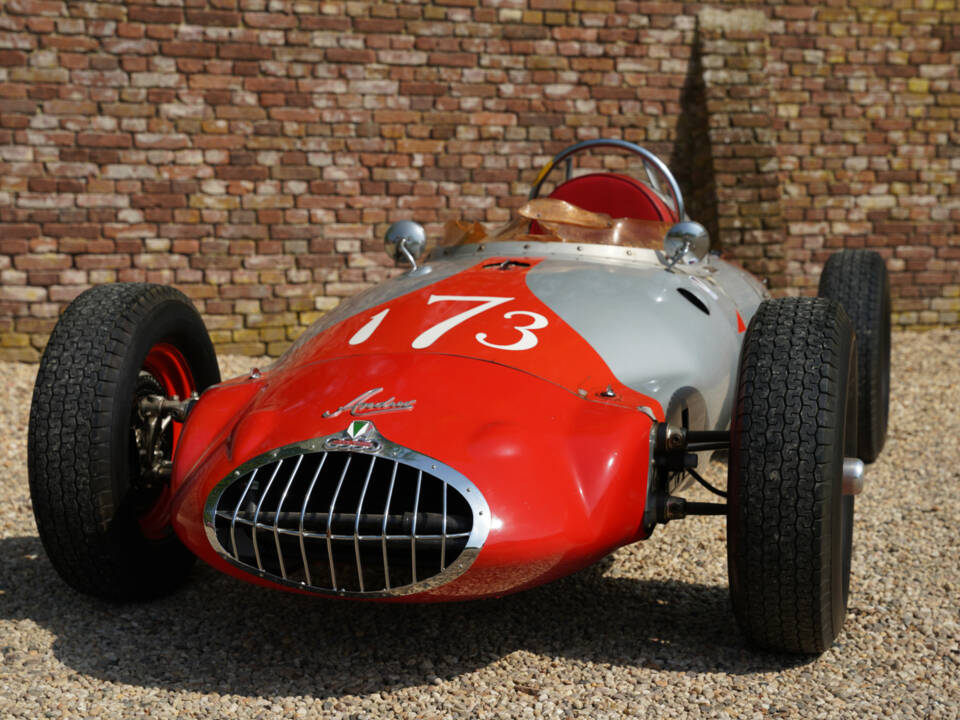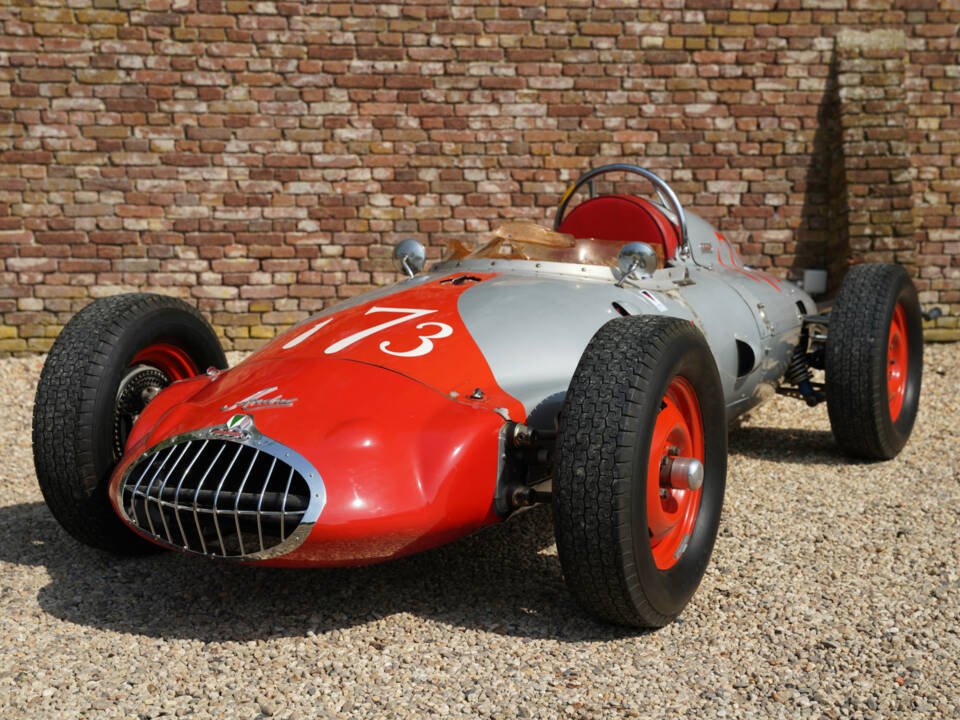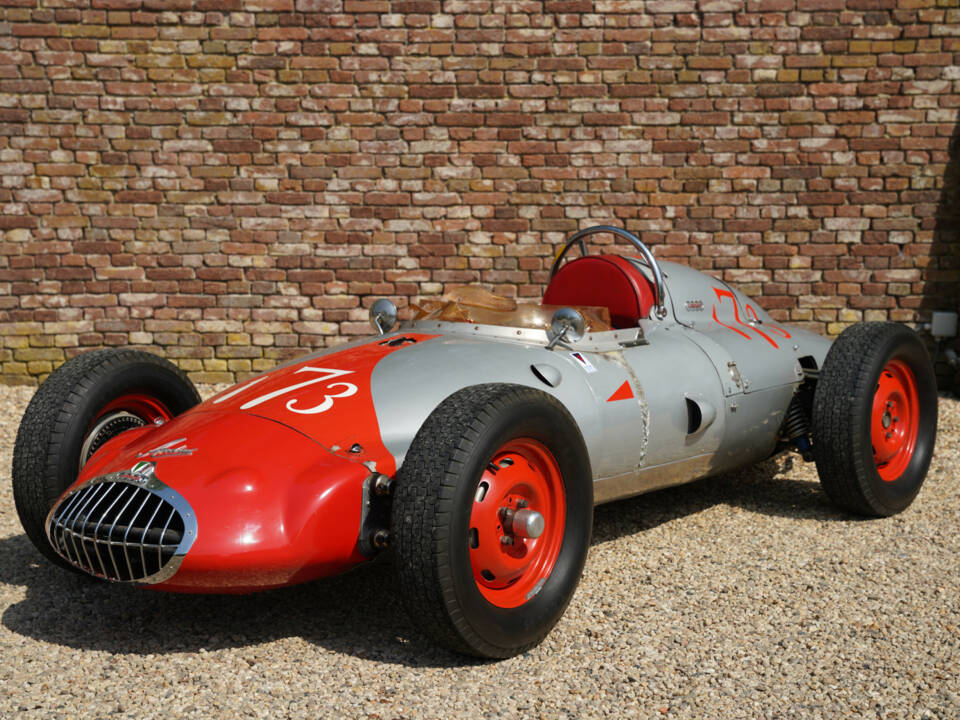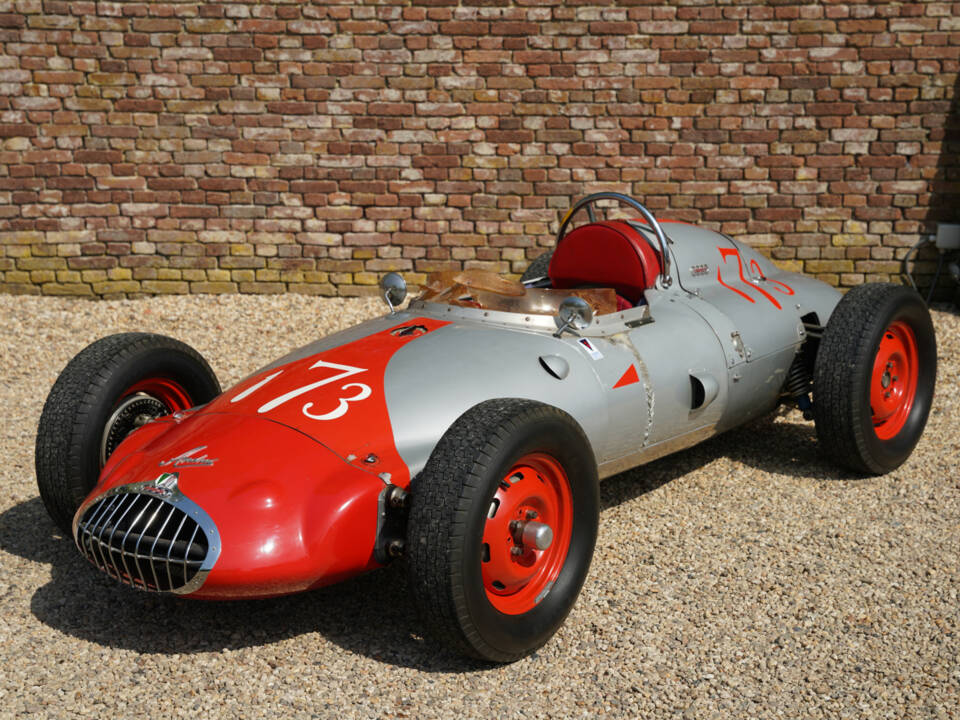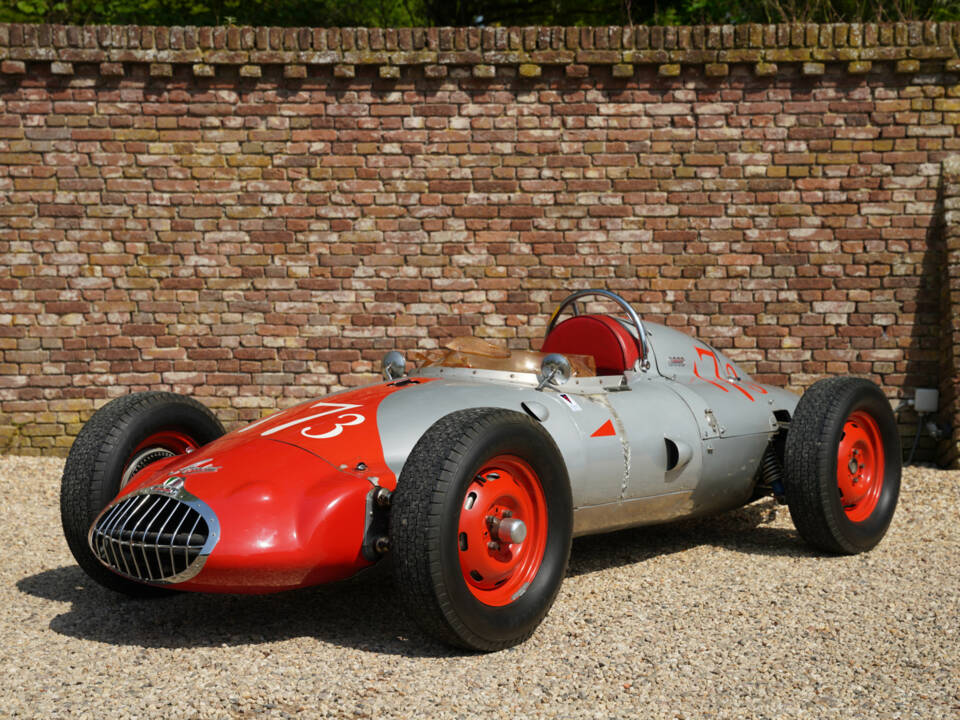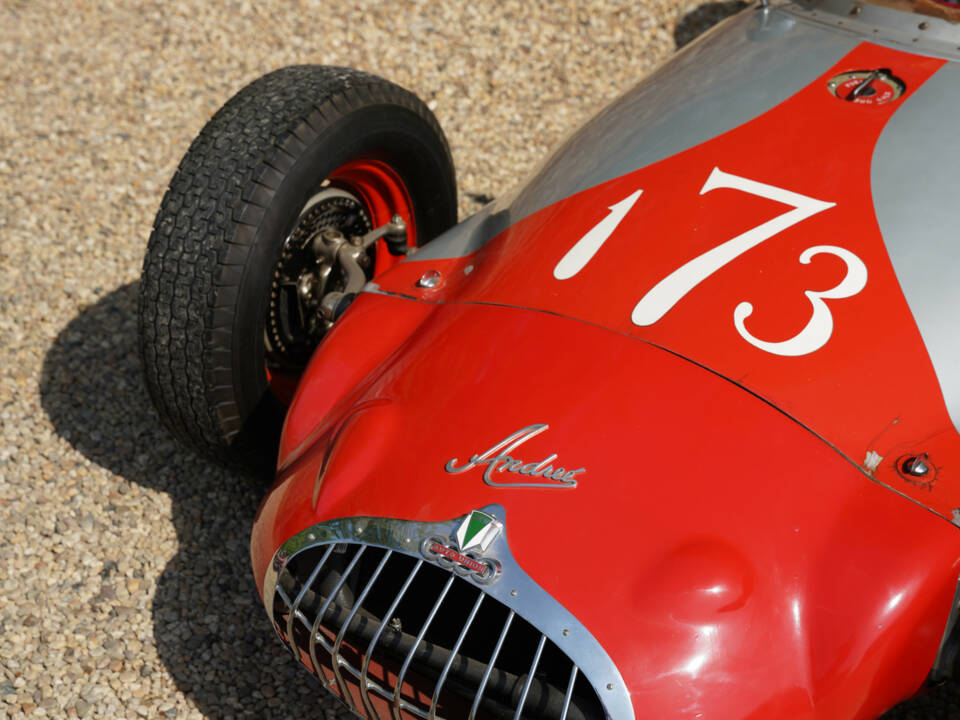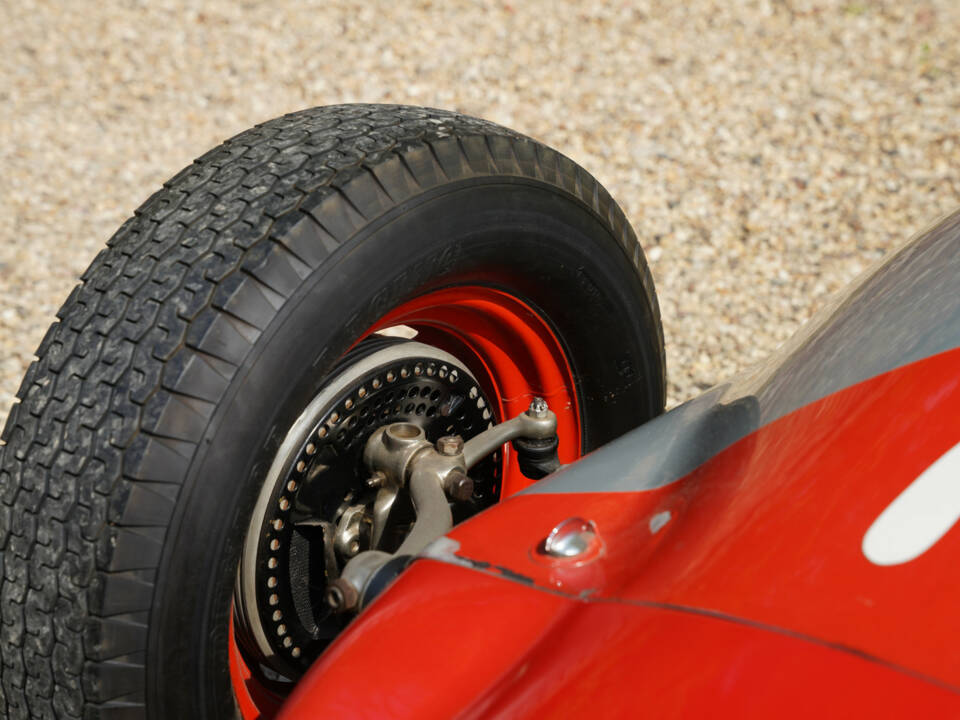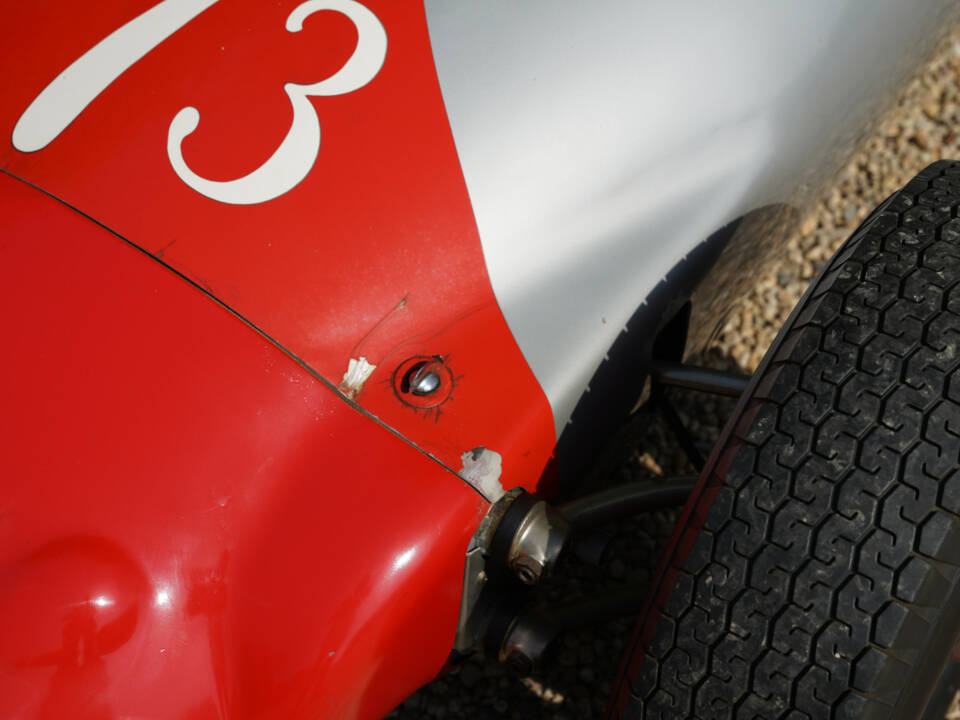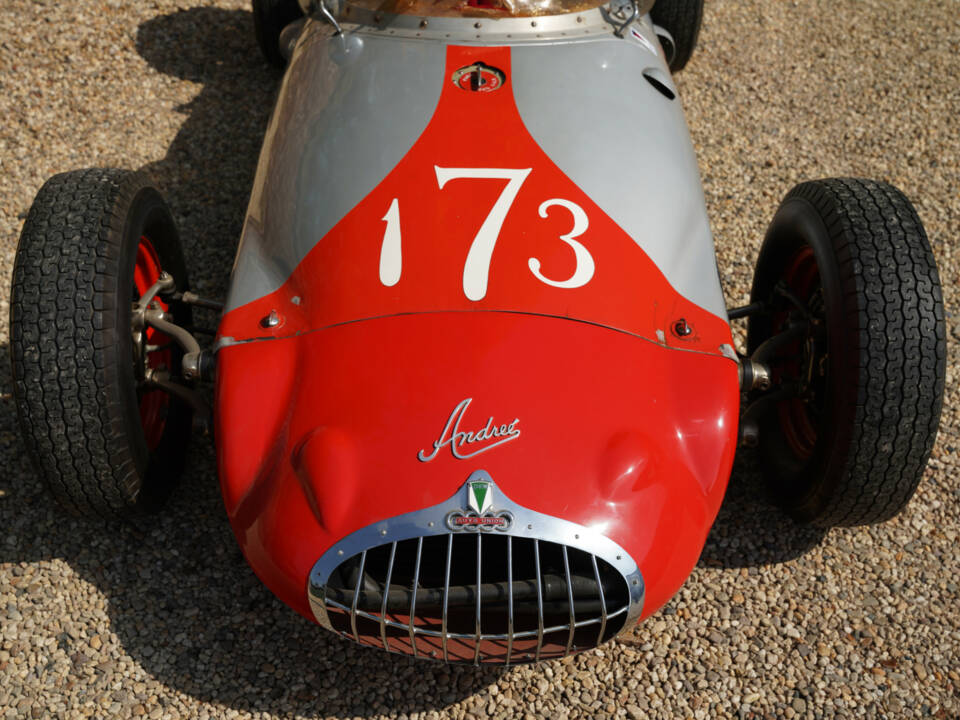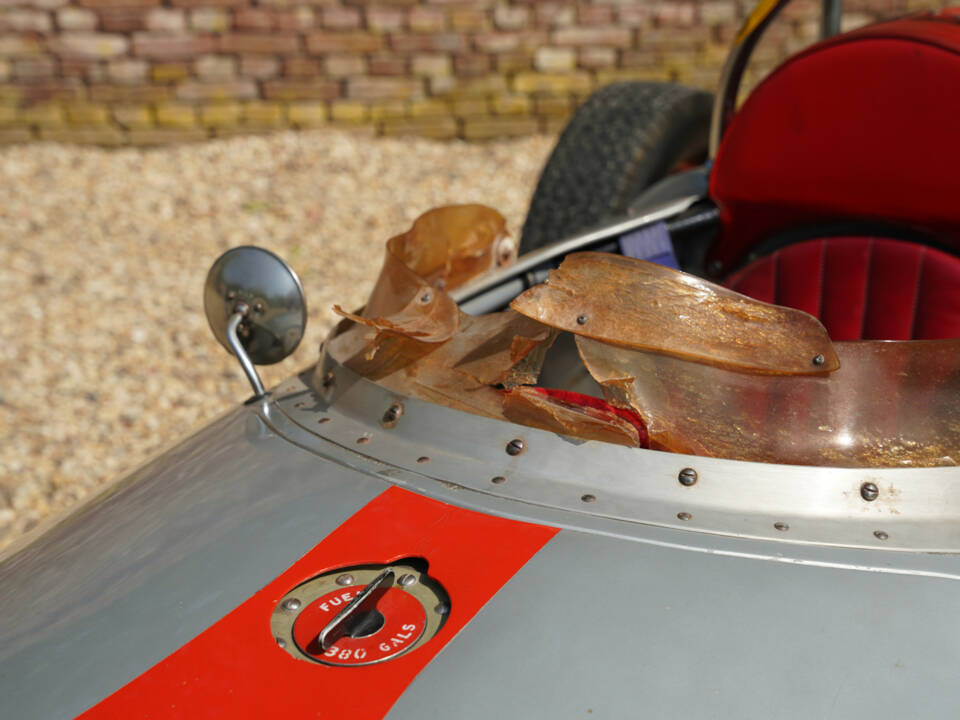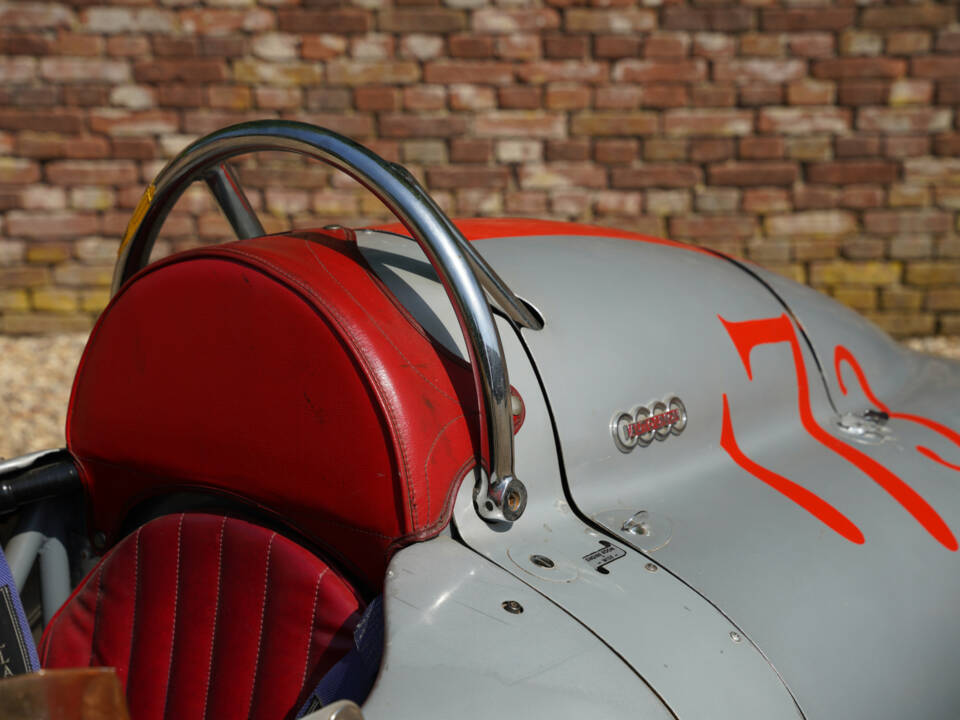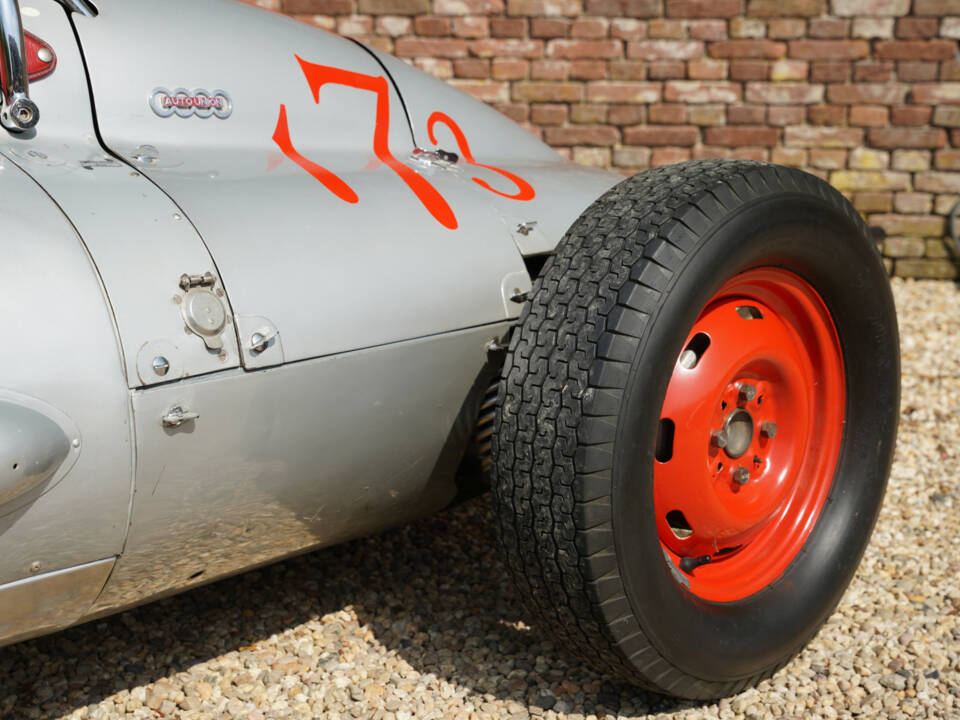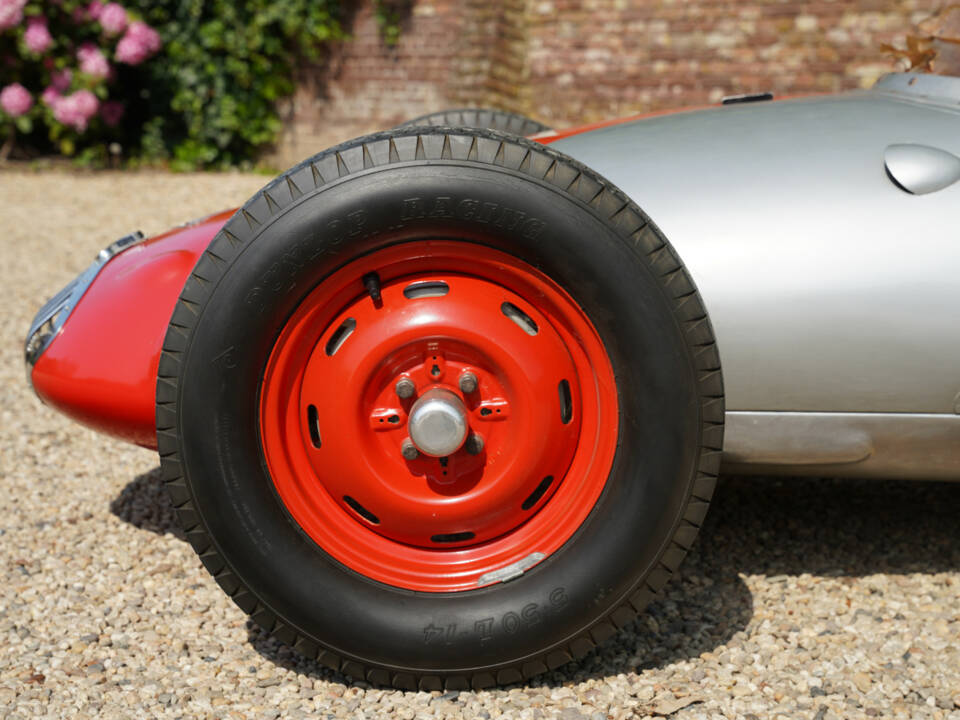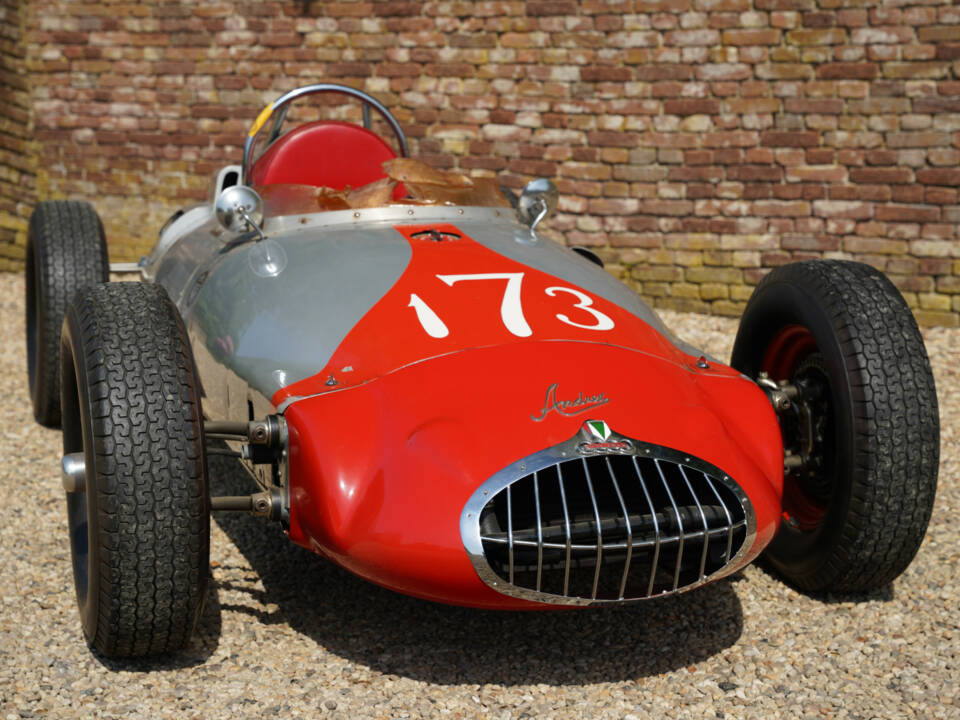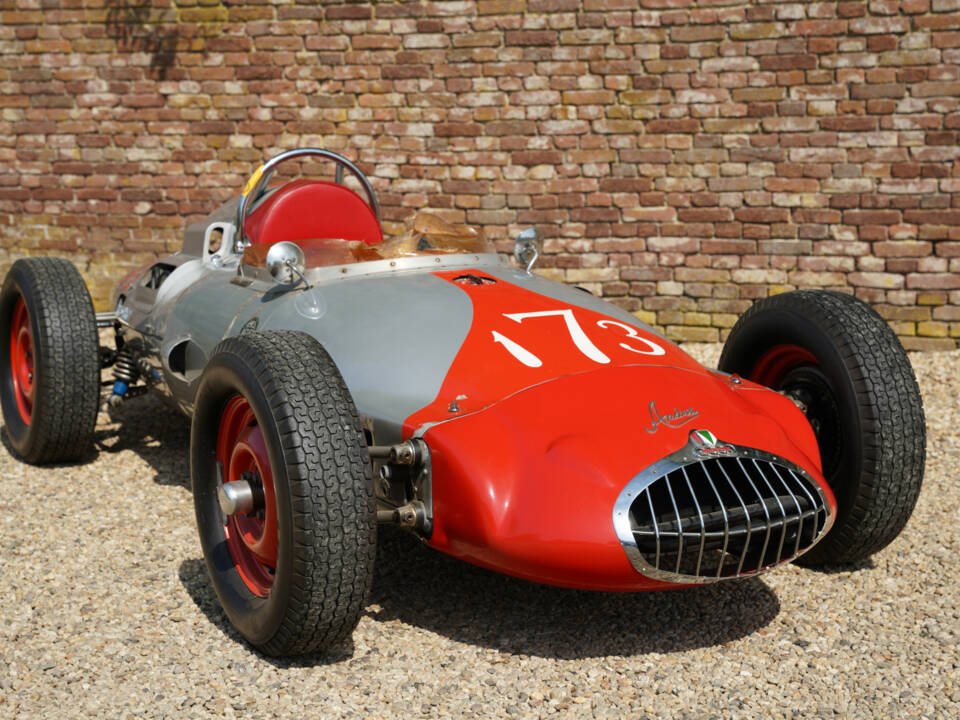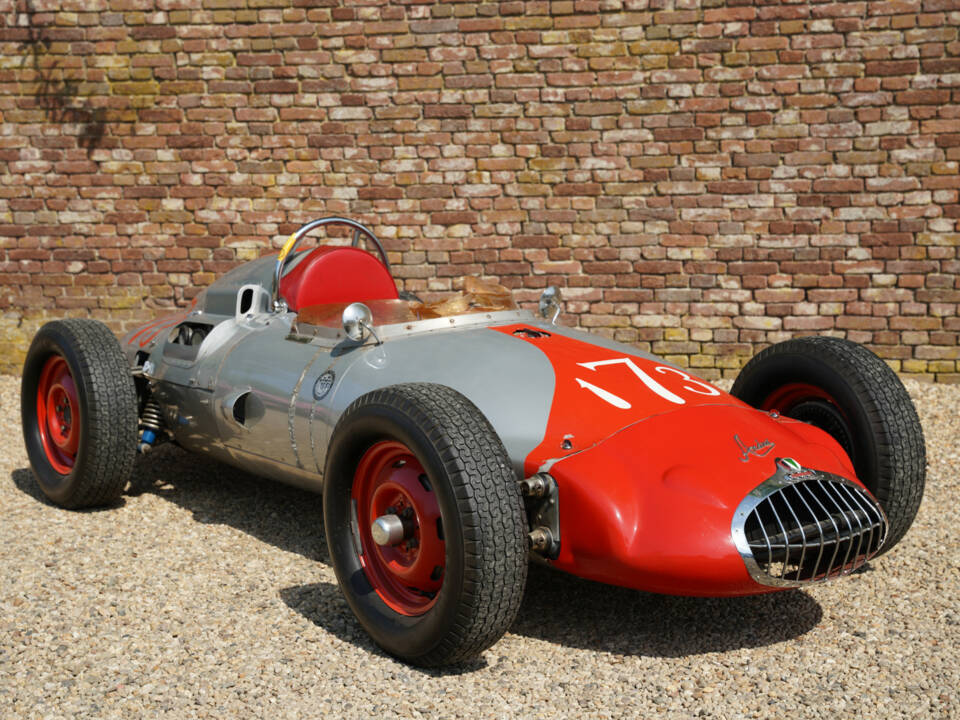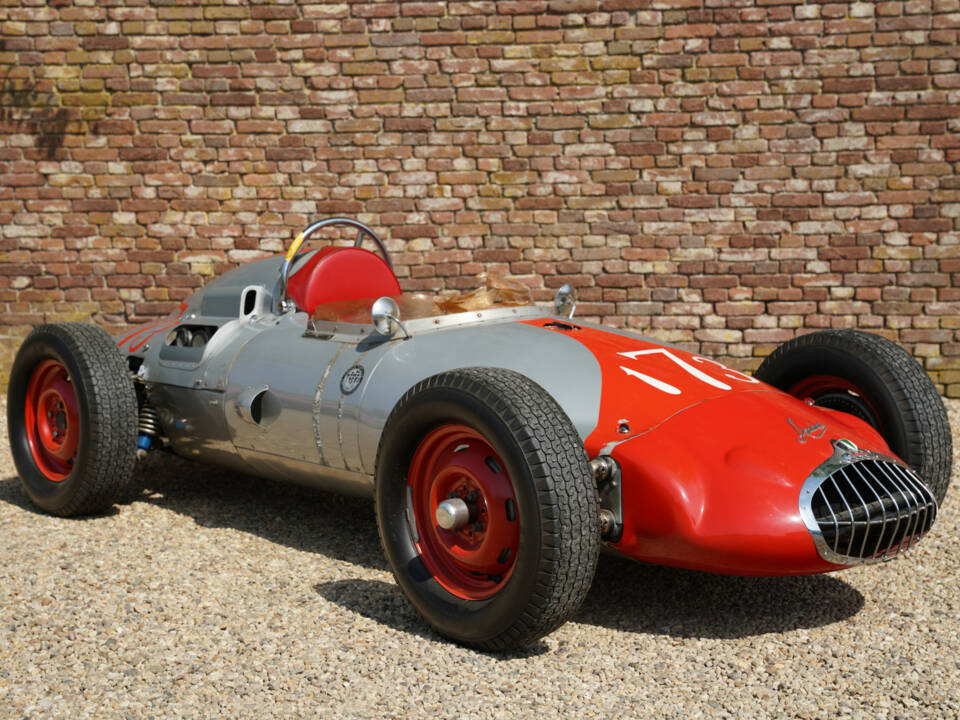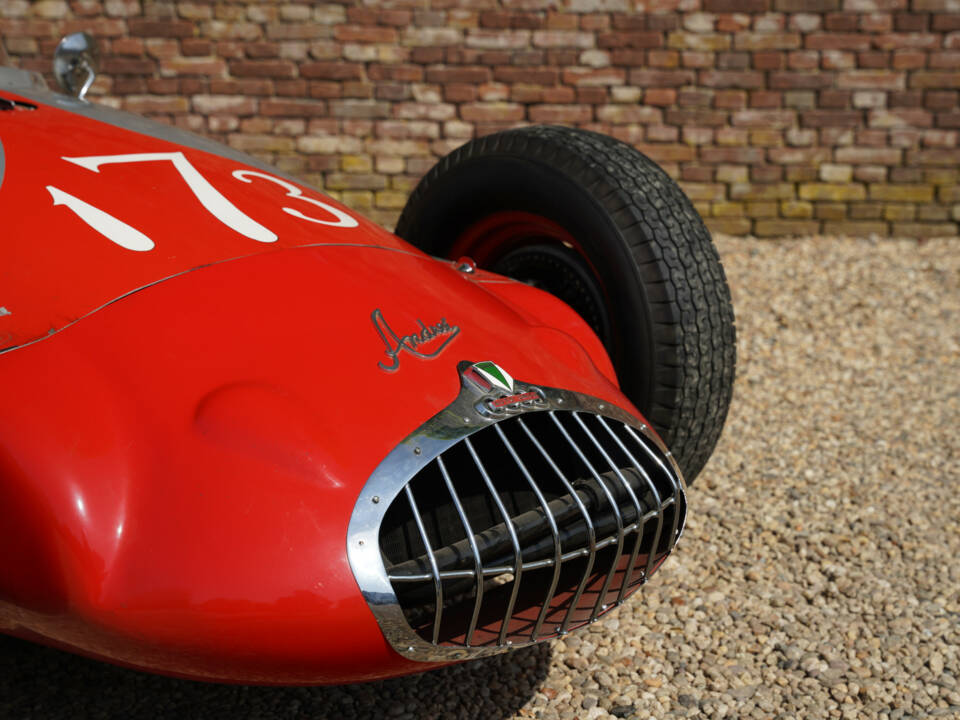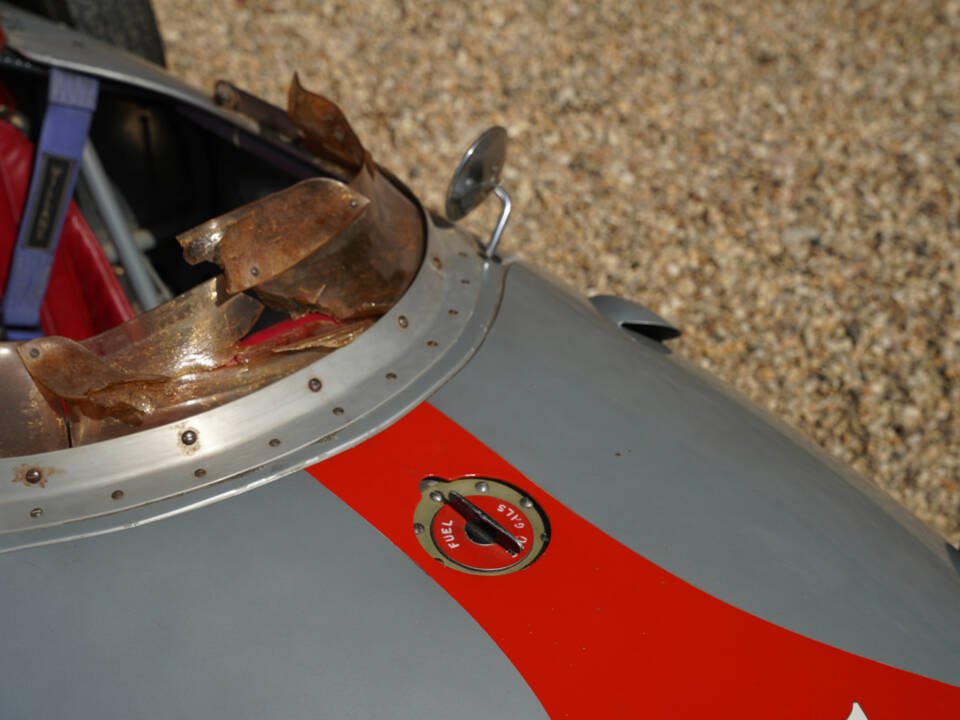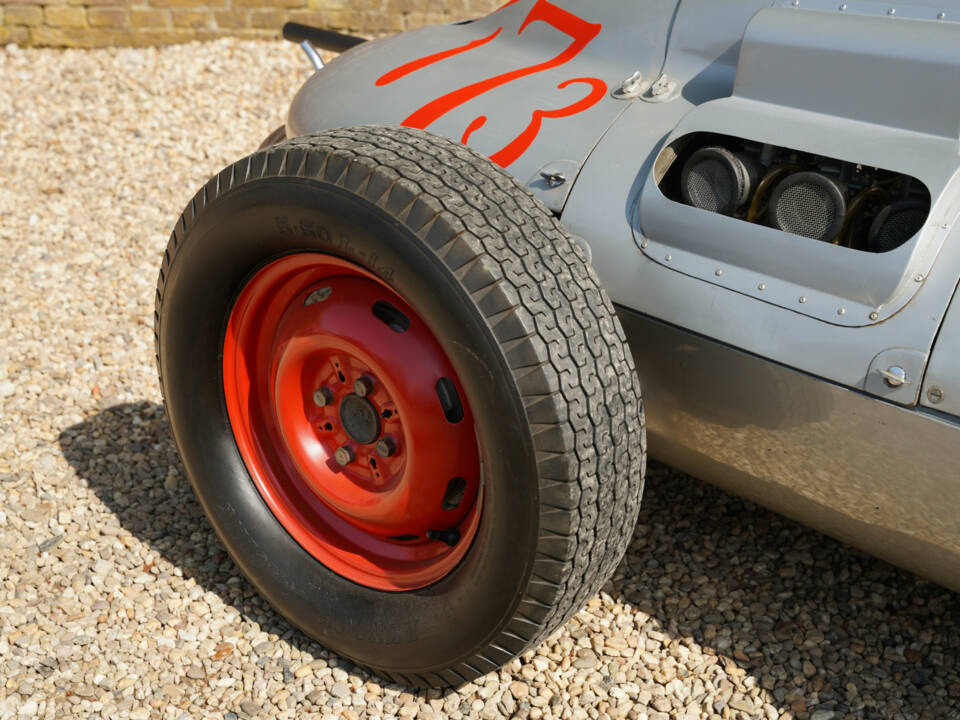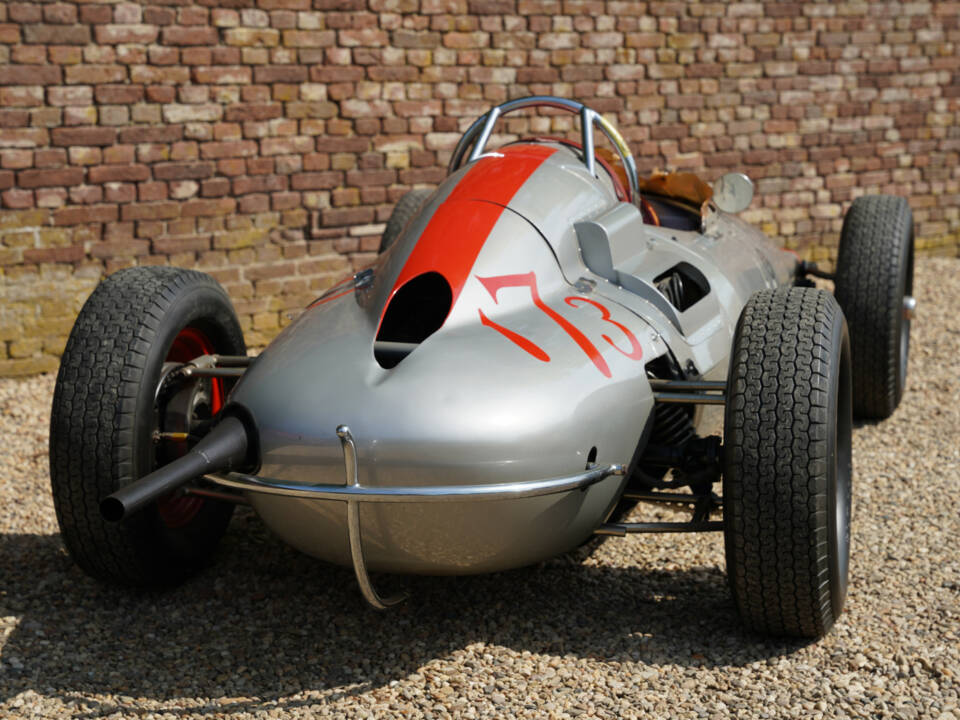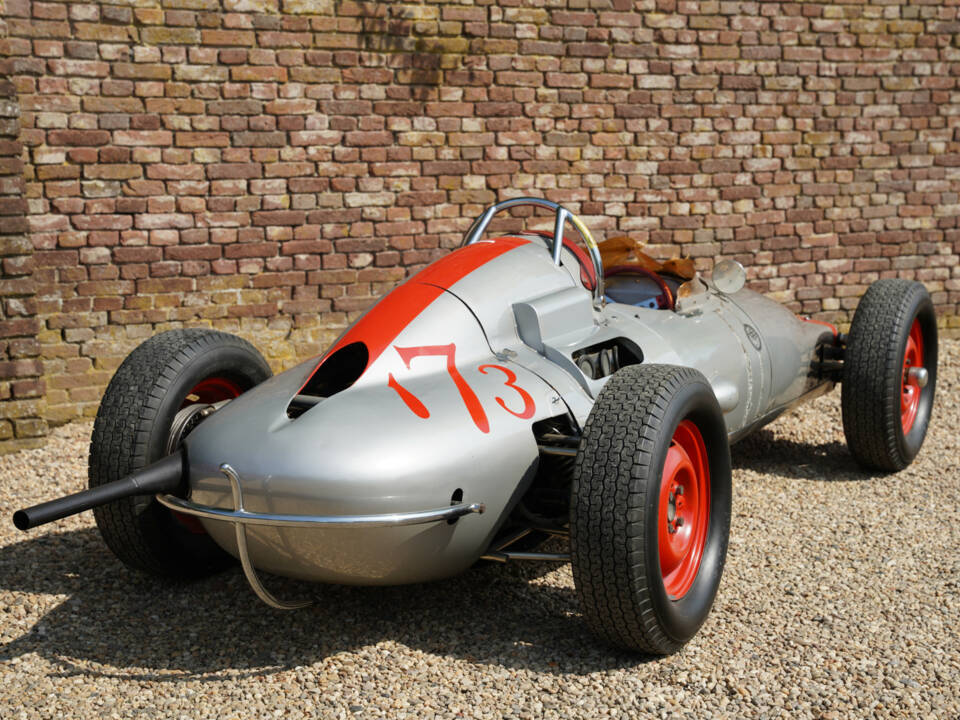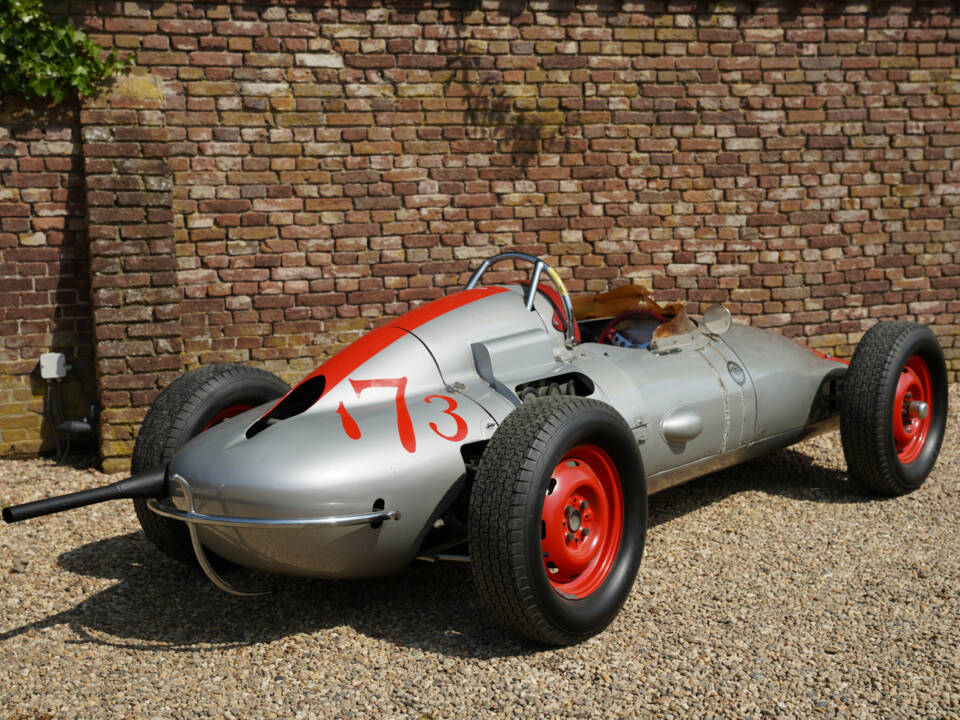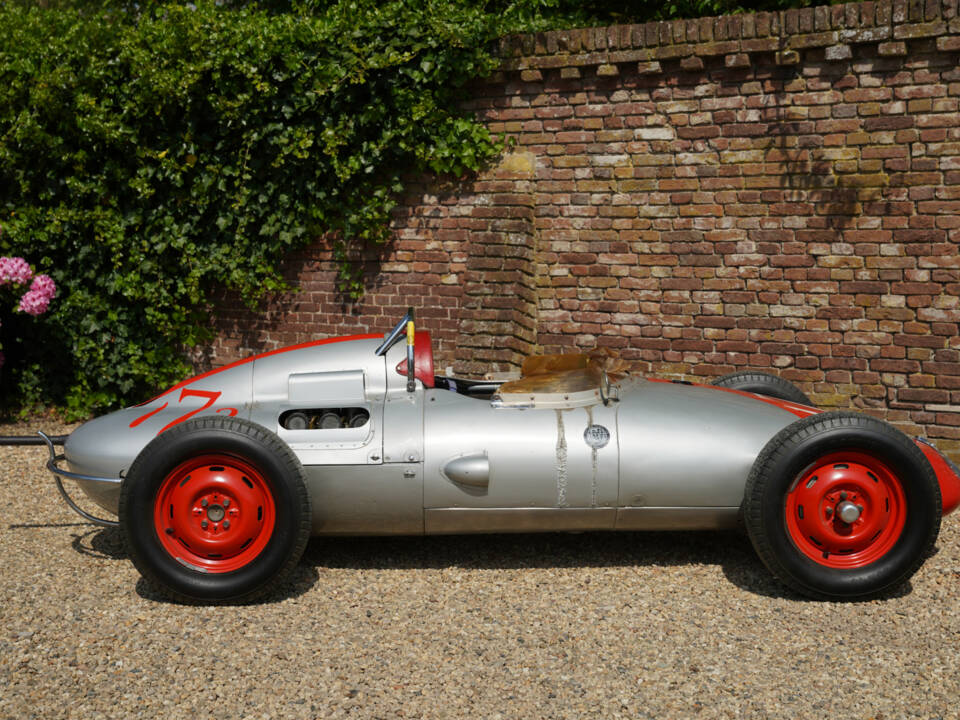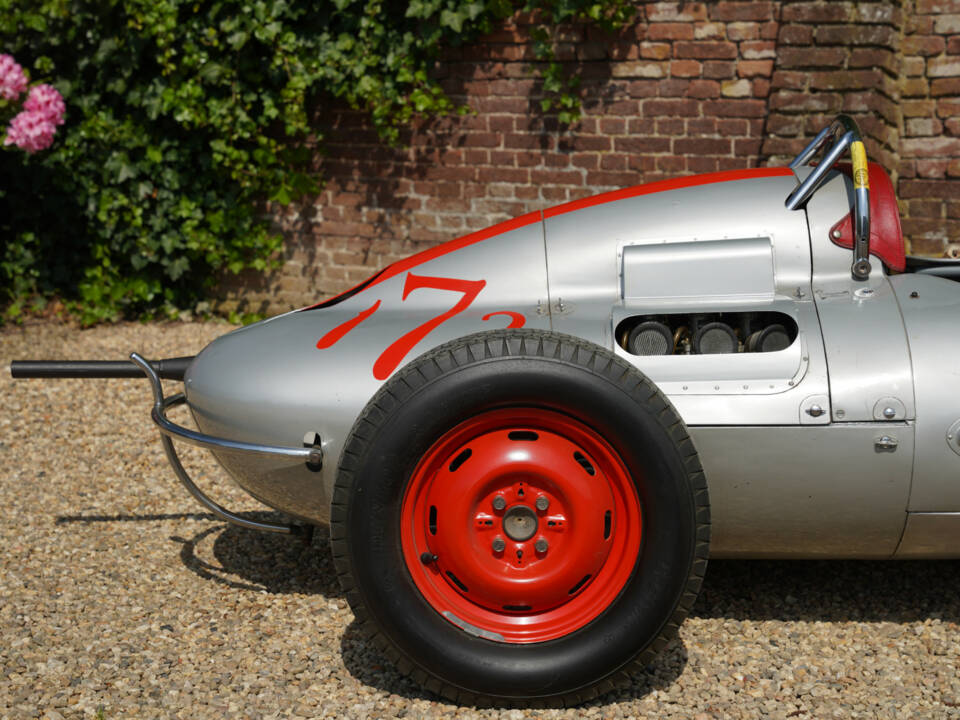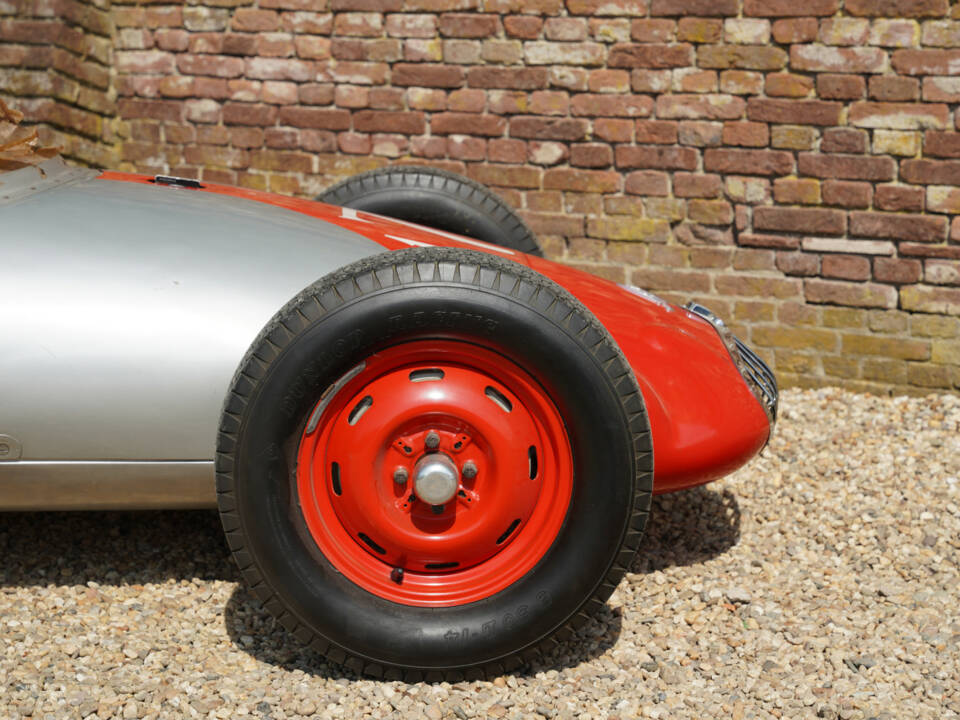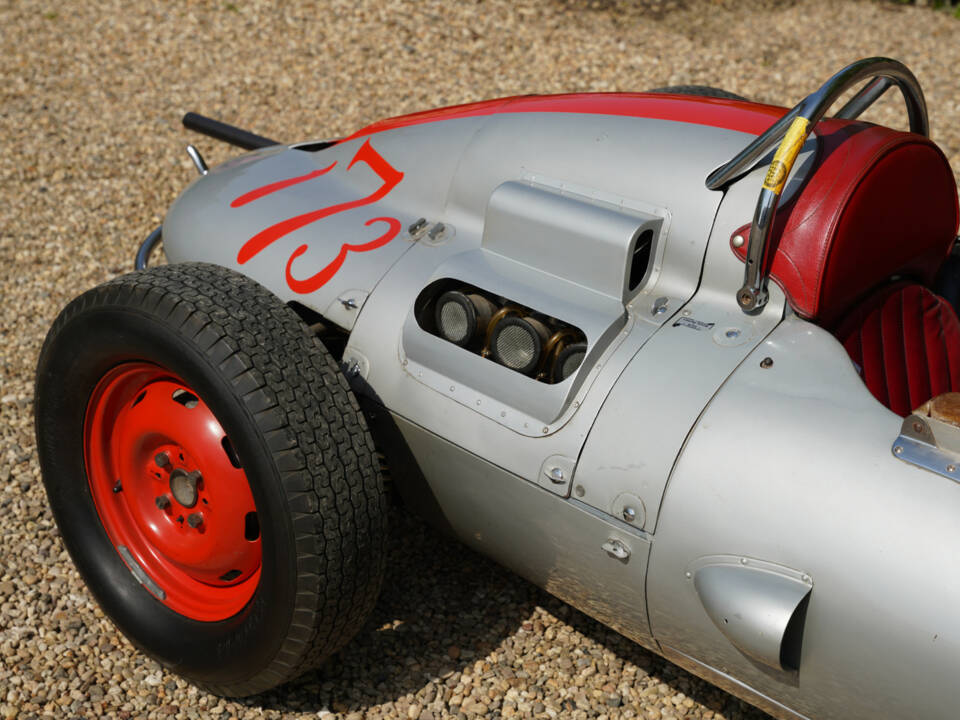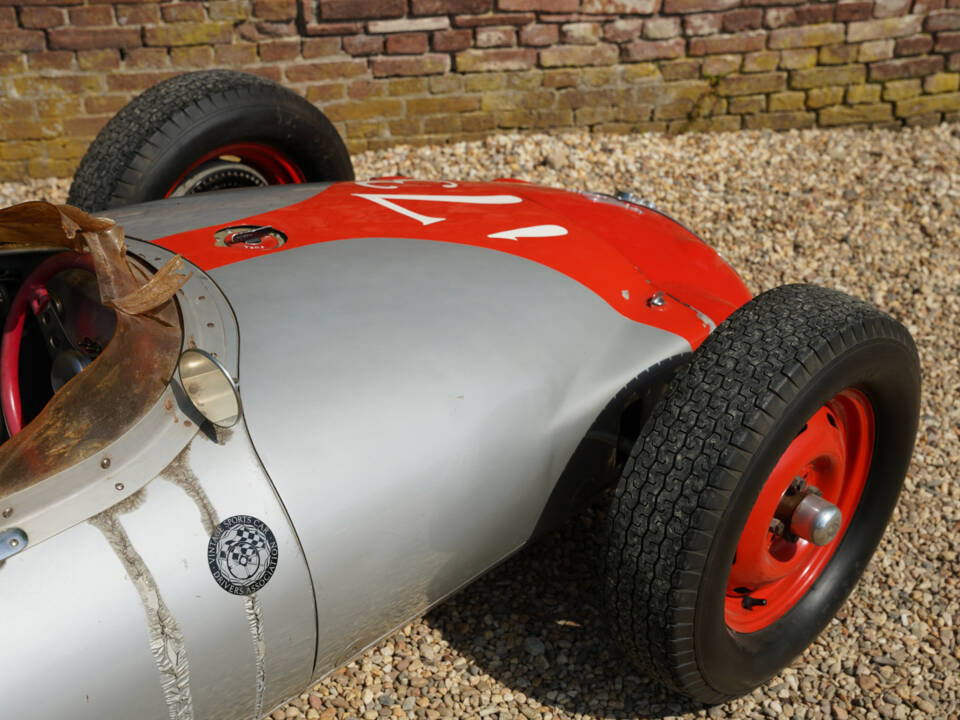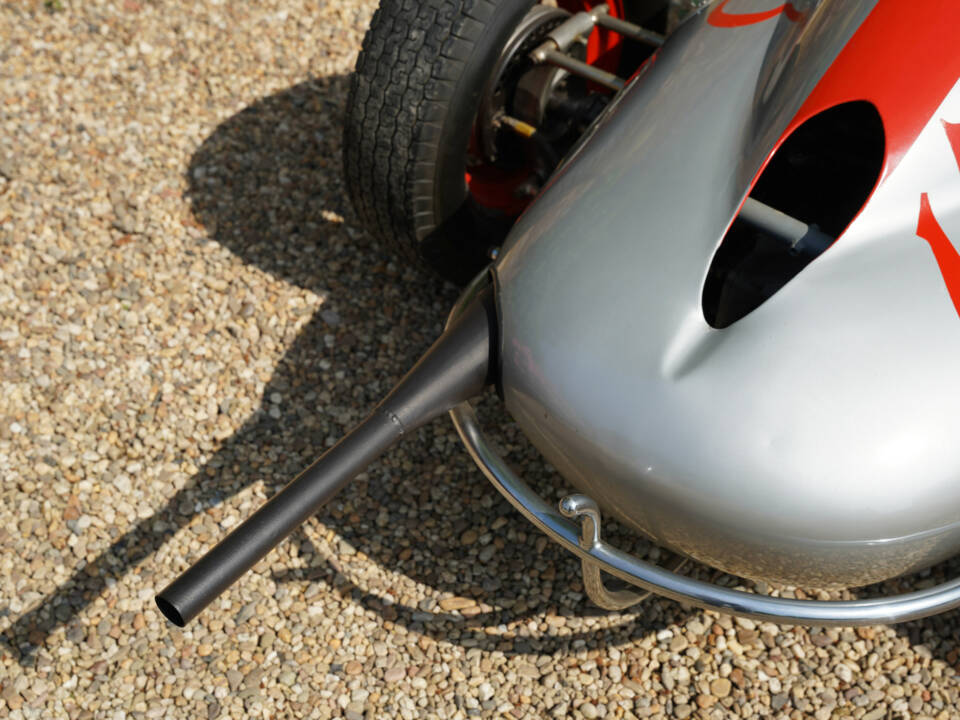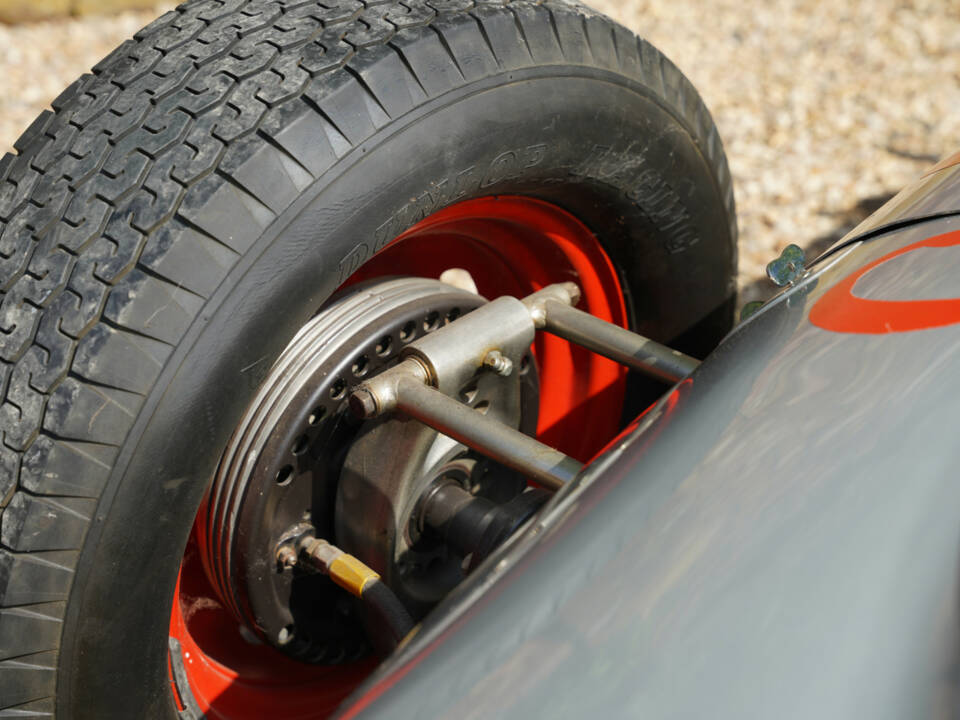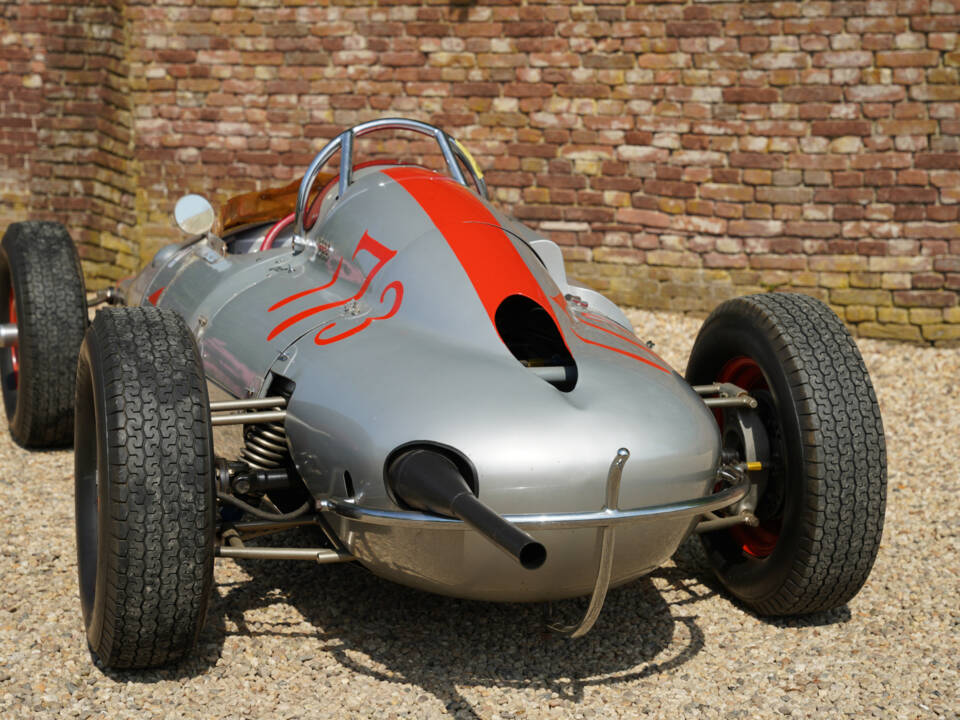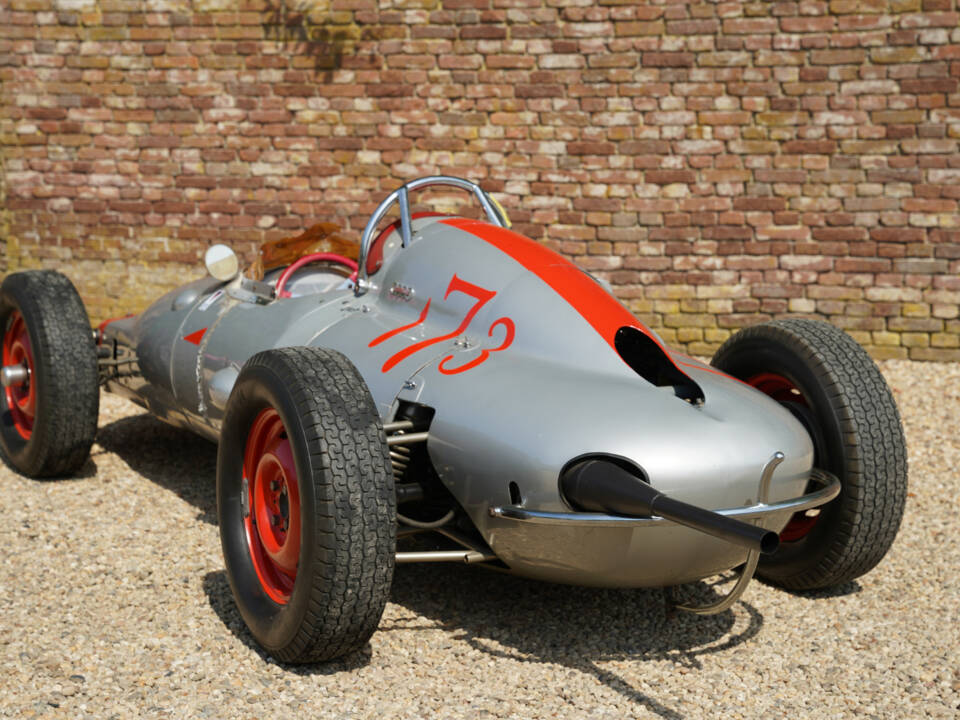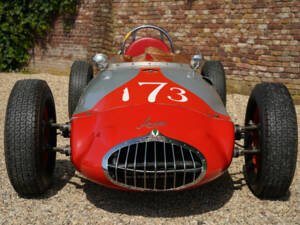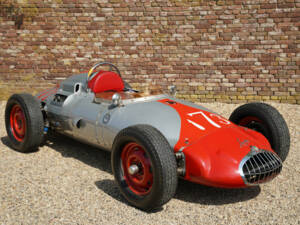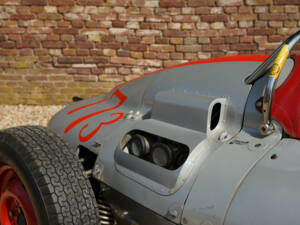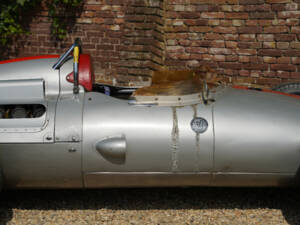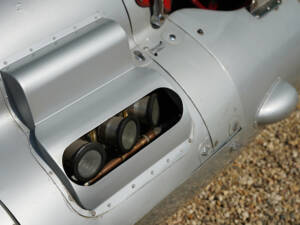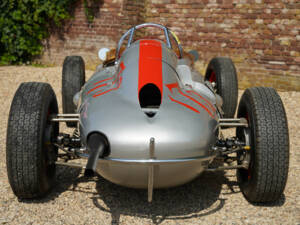1961 | DKW Auto Union 1000
Auto union Andree Formula Junior Mid-engineerd race-car for the Formula Junior-series, Competition class from the late 50s and early 60s, Fitted with "the Deek" 1.000cc (DKW) engine, Nice history-file with letters/ correspondence starting in 1965,, Or prepare for racing again or as a fantastic addition in your "man cave"
Auto union Andree Formula Junior Mid-engineerd race-car for the Formula Junior-series, Competition class from the late 50s and early 60s, Fitted with "the Deek" 1.000cc (DKW) engine, Nice history-file with letters/ correspondence starting in 1965,, Or prepare for racing again or as a fantastic addition in your "man cave"
Auto union Andree Formula Junior Mid-engineerd race-car for the Formula Junior-series, Competition class from the late 50s and early 60s, Fitted with "the Deek" 1.000cc (DKW) engine, Nice history-file with letters/ correspondence starting in 1965,, Or prepare for racing again or as a fantastic addition in your "man cave"
Descrizione
Registration number: AU-37-88
At the end of 1963, the legendary Formula Junior class came to an end and was replaced by Formula Two and Formula Three. This class, which began in 1958, has undeniably earned its place as an indispensable training ground for drivers dreaming of a career in Formula 1. Although the original goal of creating an affordable racing class with production car parts was not entirely achieved, Formula Junior still played a crucial role in motorsport.
The Formula Junior began modestly in Italy and soon gained international recognition with approval from the F.I.A. This led to a competition among manufacturers that resulted in increasingly advanced and expensive designs. Many emerging manufacturers like Stanguellini could not keep up when British brands like Lotus, Cooper, and Brabham joined the fray.
Famous names such as Jim Clark, Lorenzo Bandini, and Peter Arundell have clearly demonstrated their skills in this class, paving the way for their later success in Formula 1. These drivers are just a few examples of the many talents who found their way to the top thanks to Formula Junior. Historically, it has been a very important class in racing.
The technical progress within Formula Junior was impressive. The switch from front-engine to rear-engine configurations marked a significant technological advancement. Cars like the Lotus 27, with its monocoque chassis inspired by the Formula 1 Lotus 25, and the Cooper with Hydrolastic suspension, showcased how innovative and forward-thinking the designs were.
The costs for a race-winning car have significantly increased over the years. What began as an inexpensive formula quickly became an expensive affair, with advanced parts like Cosworth engines and special gearboxes becoming essential for competitive racing. The development of powerful engines and advanced transmission systems made the difference between winning and losing.
With the introduction of Formula Two and Formula Three in 1964, new opportunities arose for different budgets and experience levels. Formula Two focused on cars with 1,000 cc engines and offered room for technical innovations, while Formula Three was a more accessible class with restrictions on engine and transmission to keep costs in check.
Formula Junior has had a lasting impact on motorsport and remains a beloved part of racing history. This car, a piece of that rich heritage, offers a unique opportunity for enthusiasts and collectors to own an iconic piece of racing history. Don't miss this chance to be part of a tradition that laid the foundation for many motorsport careers.
This is your chance to own a rare and iconic Auto Union Formula Junior. This beautiful racing car is a perfect example of German engineering and racing expertise from the late 1950s and early 1960s.
The Auto Union Formula Junior represents an important chapter in motorsport history. Auto Union, the predecessor of today's Audi, was known for its innovation and technical progress. This car is a testament to their contribution to the rise of young drivers and the development of racing cars.
The 1,000 cc engine complies with the Formula Junior rules and provides a perfect balance between power and handling. The chassis features a lightweight tubular frame for optimal performance and agility on the track. With modern suspension and braking systems for its time, this car had excellent handling and good braking performance.
At Gallery Aaldering we had this Auto Union in our office (!) for quite some time, and we would now like to sell it to a real enthusiast. This Auto Union Formula Junior is in very good condition, both visually and technically. The car is very suitable for historic races and events, but also lends itself excellently to a collection. All original parts have been preserved to ensure authenticity. This unique car comes with a booklet full of documents and photos. The car has a rich history with many engine documents, unique correspondence from 1965, and beautiful photos. It's fantastic that all these documents have been preserved.
Auto Union Formula Junior cars are rare and highly valued by collectors and enthusiasts of classic racing cars. This is a unique opportunity to own a car that has made a significant contribution to motorsport.
This car is a piece of heritage that shows the evolution of motorsport. Whether you are a collector, a racing enthusiast, or someone who wants to own a special piece of history, this Auto Union Formula Junior is the perfect choice.
Are you interested? Contact us today, we are happy to assist you. You are most welcome at Gallery Aaldering, active since 1975. We have years of experience exporting our vehicles worldwide, ask about the possibilities.
Dettagli del veicolo
Dati veicolo
- Marca
- DKW
- Serie di modelli
- 1000
- Modello
- Auto Union 1000
- Prima immatricolazione
- Non fornito
- Anno di fabbricazione
- 1961
- Chilometraggio
- 1.000 km
- Numero di telaio
- Non fornito
- Numero del motore
- Non fornito
- Numero del cambio
- Non fornito
- Matching numbers
- Non fornito
- Numero di proprietari
- Non fornito
Dettagli tecnici
- Tipo carrozzeria
- Auto da corsa
- Potenza (kW/CV)
- 32/44
- Cilindrata (cm³)
- 981
- Cilindri
- 3
- Porte
- 0
- Posizione volante
- Sinistra
- Cambio
- Manuale
- Marce
- Non fornito
- Trazione
- Posteriore
- Freno anteriore
- Non fornito
- Freno posteriore
- Non fornito
- Carburante
- Benzina
Configurazione individuale
- Colore carrozzeria
- Argento
- Nome colore produttore
- -
- Colore interni
- Nero
- Materiale interni
- Pelle
Allestimenti
- oldtimerLicensePlate
Condizione, registrazione e documentazione
- Ha un rapporto
- Condizione
- Rapporto di ispezione dell'ordine
- Targa storica
- Immatricolato
- Pronta a partire
Località

Gallery Aaldering
Nick Aaldering
Arnhemsestraat 47
6971 AP Brummen
🇳🇱 Paesi Bassi
